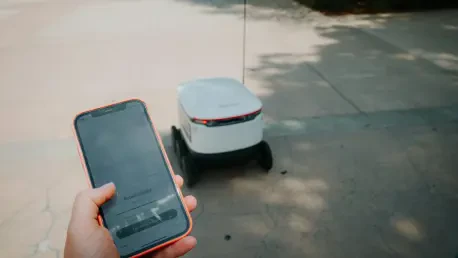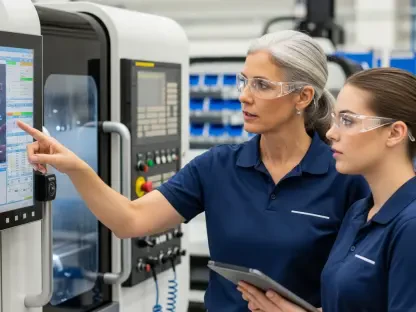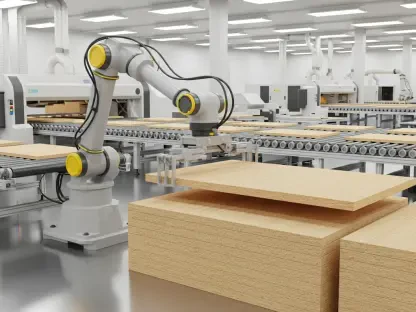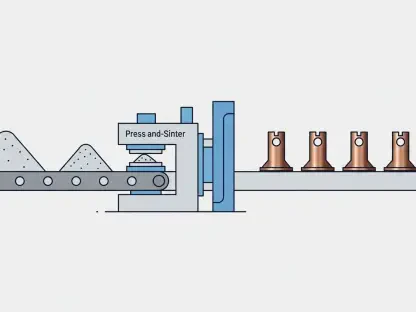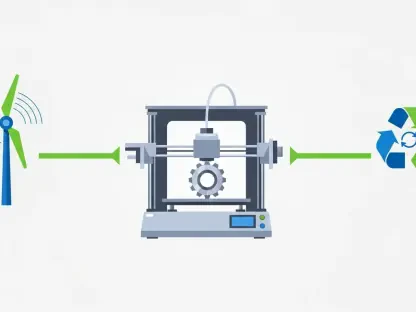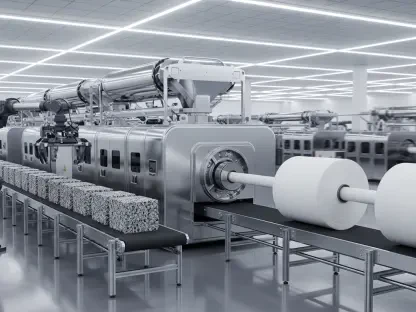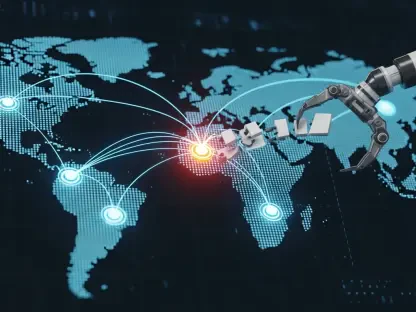In a groundbreaking move that could redefine the boundaries of technology and industrial automation, SoftBank Group Corp., the Japanese conglomerate spearheaded by visionary CEO Masayoshi Son, has struck a deal to acquire the robotics division of Swiss engineering titan ABB Ltd. for a staggering $5.4 billion. This acquisition, announced recently, is not merely a financial transaction but a bold statement of intent to lead in what SoftBank terms the “physical AI” era—a future where intelligent machines interact seamlessly with the tangible world. With the transaction set to finalize between mid-to-late 2026, pending regulatory approvals, and involving a cash payment of $5.375 billion, it promises to yield ABB a pretax profit of approximately $2.4 billion. This strategic pivot builds on SoftBank’s history of transformative investments, such as its earlier acquisition of Boston Dynamics, and signals a seismic shift in how AI could evolve from digital algorithms to embodied systems that reshape industries like manufacturing and logistics.
A Strategic Leap into Physical AI
The core of this monumental deal lies in the fusion of artificial intelligence with industrial hardware, aiming to craft adaptive systems that can revolutionize multiple sectors. SoftBank’s acquisition of ABB’s robotics arm, which boasts an installed base of over 500,000 robots globally and generates $1 billion in annual revenue, provides a robust foundation for this vision. The goal is to integrate ABB’s deep-rooted expertise in industrial automation with SoftBank’s significant AI investments, including its stake in chipmaker Arm Holdings. Industry analysts see this as a deliberate strategy to pioneer “physical AI” systems capable of learning and functioning in unpredictable, real-world settings. Such systems could transform environments ranging from factory floors to healthcare facilities, where precision and adaptability are paramount. This move underscores a broader trend of merging software intelligence with physical machinery, setting a new benchmark for innovation in automation technology.
Beyond the technological synergy, this acquisition reflects SoftBank’s ambition to address pressing global challenges through advanced robotics. With labor shortages and supply chain disruptions becoming increasingly acute, the demand for intelligent automation has surged. By combining ABB’s industrial prowess with cutting-edge AI, SoftBank aims to develop solutions that not only enhance efficiency but also tackle societal issues like workforce gaps. This could mean robots that handle repetitive tasks in warehouses or assist in elder care with nuanced human interaction. The potential applications are vast, and the deal positions SoftBank as a frontrunner in meeting these needs. However, the success of this vision hinges on seamless integration and the ability to scale these innovations across diverse industries, a challenge that will test the conglomerate’s strategic acumen in the coming years.
Market Dynamics and Industry Implications
The market’s response to this acquisition has been a blend of cautious optimism and scrutiny, reflecting the high stakes involved. ABB’s shares experienced a slight uptick in European trading, suggesting investor confidence in the company’s decision to streamline operations and focus on core areas like electrification and sustainable energy solutions. Meanwhile, SoftBank’s stock in Tokyo displayed a more mixed reaction, with concerns lingering over its substantial debt levels and the risks associated with such a large-scale investment. Despite these reservations, industry observers remain enthusiastic about the long-term prospects of AI-driven robotics. The growing necessity for automation amid global economic pressures could propel this sector forward, with SoftBank potentially leading the charge. This deal may also spur competitors like Fanuc and Yaskawa to accelerate their own AI integration efforts, intensifying the race for dominance in intelligent automation.
Another layer to consider is the ripple effect this transaction could have across the industrial landscape. For ABB, divesting its robotics division frees up significant capital, estimated at a $2.4 billion pretax profit, which could be redirected toward acquisitions in green technology or other strategic areas to rival companies like Siemens. For SoftBank, the acquisition aligns with a historical pattern of bold, high-stakes bets under Masayoshi Son’s leadership, from the Vision Fund to early AI ventures. The potential to combine ABB’s precision engineering with Boston Dynamics’ mobility innovations opens doors to creating versatile machines for varied applications, from logistics to personal assistance. As AI transitions from purely digital tools to physical agents, this deal signals a pivotal moment that could redefine productivity standards globally, though its full impact will depend on market acceptance and technological breakthroughs in the near future.
Challenges on the Horizon
Integrating two corporate giants with distinct cultures and operational philosophies presents a formidable challenge for SoftBank. The conglomerate’s risk-taking, visionary approach often contrasts with ABB’s more methodical, engineering-driven ethos, raising questions about how smoothly the merger of operations and mindsets will proceed. Beyond internal dynamics, regulatory hurdles loom large, especially in regions like Europe and the U.S., where antitrust concerns over AI and robotics monopolies are gaining traction. These potential roadblocks could delay or complicate the deal’s completion, requiring careful navigation of legal landscapes. Moreover, the broader ethical implications of physical AI, such as the displacement of human workers in manufacturing, add another layer of complexity. As automation becomes more sophisticated, balancing technological advancement with societal impact will be crucial for maintaining public and political support.
Further complicating the path ahead are the practical challenges of merging hardware and software on a massive scale. Developing physical AI systems that can operate reliably in dynamic, real-world environments demands not only technical innovation but also robust testing and adaptation. SoftBank will need to leverage its portfolio, including potential collaborations with companies like Uber or WeWork, to explore diverse applications for these intelligent machines. The risk of overpromising and underdelivering is real, especially given the high expectations surrounding this $5.4 billion investment. Historical attempts at humanoid robotics, such as SoftBank’s Pepper robot, serve as a reminder that consumer and industrial acceptance can be hard-won. Overcoming these obstacles will require a clear strategy, significant resources, and a commitment to addressing both technical and ethical concerns as the technology evolves.
Envisioning a Transformative Future
Looking forward, this acquisition carves a path for SoftBank to solidify its position as a leader in the intersection of AI and robotics, a space brimming with untapped potential. By harnessing ABB’s established industrial capabilities alongside its own technological assets, the conglomerate has the opportunity to pioneer machines that could redefine how industries function, from automated warehouses to personalized healthcare solutions. The vision of physical AI—where intelligence meets tangible interaction—promises to elevate global productivity, provided the integration challenges are met with innovative solutions. This deal also highlights a critical industry shift, moving beyond digital algorithms to embodied systems that could interact with the physical world in meaningful ways, setting a precedent for future advancements.
Reflecting on the broader implications, the industry watches closely as SoftBank navigates the complexities of this merger, with lessons learned that could guide other companies in similar pursuits. The focus shifts to actionable steps, such as fostering partnerships across sectors to test and refine physical AI applications, while ensuring ethical considerations remain at the forefront. As competitors adapt to this new landscape, the push for innovation intensifies, urging a collaborative approach to address labor and societal challenges. The legacy of this $5.4 billion transaction rests on how effectively it bridges the gap between silicon and steel, inspiring a reevaluation of automation’s role in shaping a more efficient, equitable future for industries worldwide.
